I have a car battery (Varta Silver Line of Products) that's rated at 110Ah, and 900A Cold Cranking Amps.
The marketing of the battery from different sources says "huge reserve capacity" but never quotes the actual reserve capacity value (not even the product specifications sheet from Varta does).
What I'm wondering:
How much is the maximum amount of amps I can probably safely* draw from the battery continuously for 1 hour?
*By "safely" I mean: such as doesn't involve an immediate hazard for the user (me) and won't shorten the battery's useful lifespan by >15-25% of it's expected useful life in the car in which it sits.
In lack of detailed data I expect the answer to be a general estimate of course (which is also why my question has a fairly lose definition of the term "safely" for the purpose of this question).
I have a practical application at hand which I'd just like to move on with, so all I care about is a "rule of thumb" answer/solution to what is the maximum I can probably draw, it doesn't have to be ideal or perfect for the battery in the very long term as long as the effect in negligeable <1-2 years of use with a weekly 1h continuous draw at that amperage.
Any educated guess from someone who has good general knowledge of car batteries?
EDIT: I realize my question was misleading in the way in was formulated. I do know that discharging a car battery below 50% damages it (some people say being gentle towards a car acid battery is never discharging it <80% charge). But that fact is not what I'm wondering about so please factor that out of your answer (i.e. take my question as "What is the maximum rate at which I can safely continuously draw from the battery until it reaches ~60% charge level?").
I apologize for not thinking about discharge level while initially asking.


